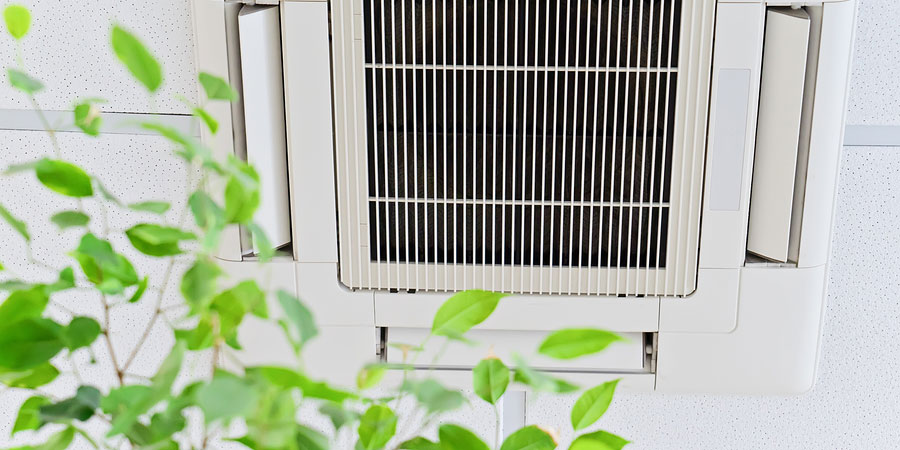

Good airflow through your business is important to the health of your employees as well as what you are producing if it depends on the management of temperature. Poor ductwork can accumulate debris, decreasing the performance of the airflow. A buildup of material can cause a 42% loss in efficiency, making your HVAC system work harder than necessary.
If you’re looking to improve airflow, there are two main types of ductwork you need to consider: spiral and oval ductwork. Spiral ducts are efficient due to a completely round form, but oval ductwork is more conducive to tight spaces while still keeping a rounded form.
Benefits of Flat Oval Ductwork
Flat oval ductwork combine elements of spiral ductwork and traditional rectangular ducts.
Oval Ductwork Size
Oval ducts have a flat edge that can lay flush with the ceiling, but then have rounded edges that connect each flat side. This allows the oval ducts to fit in tighter spaces while still maintaining a better airflow efficiency than rectangular ducts. This allows you to squeeze them in places around your building to better benefit the airflow around your business.
Oval Ductwork Design
Friction and turbulence are two factors that can reduce airflow efficiency. In general, the rounded sides of the oval ductwork provide a more cohesive way for air to travel, especially in turns. A squared-off edge can trap some of the air as it goes around the bend, which slows airflow and causes friction that the flow has to push against. The fewer flat edges and corners ducts have, the less chance air friction has to interfere with your airflow.
Oval Ductwork Noise
This goes hand-in-hand with design. Compared to rectangular ductwork, flat oval ductwork is quieter. The ducts are designed for tighter spaces, but the round edges help reduce turbulence as the air flows. Reduced turbulence lends itself to reduced vibrations as the air particles don’t have to work so hard getting past one another inside the ducts.
Evaluating Your Airflow
After installation, the ductwork should be checked regularly as about a 20 to 30% loss in airflow efficiency can result due to poor fittings, leaks, and holes. Airflow can be measured several ways, but a recent invention called the flow plate speed is accurate to within 7% of the flow rate.
Other ways to measure airflow include the following.
Air Balancing Hood Measurement: This consists of a balancing hood that is fitted over the grille of the system. It captures the fan airflow coming through the grille.
Traverse Airflow in the Exhaust Duct: This uses an anemometer, which is a test tool that measures air velocity. Two test holes are drilled in a section of straight ductwork and calculations are used to determine the average airspeed in the duct.
Plot Fan Airflow: This measurement is taken using the performance of the fans sent with the system. It uses the operating static pressures of the fan and the fan speed. The data is then plotted against the manufacturer’s standardized performance they have established for their fans.
Overall, you want to find the best type of ductwork for what you need. Flat oval ductwork is popular because of its adaptability. The flat edges and rounded sides allow it to fit in tighter spaces. The design reduces friction and noise and its efficiency can be tracked by measuring the airflow after installation.


